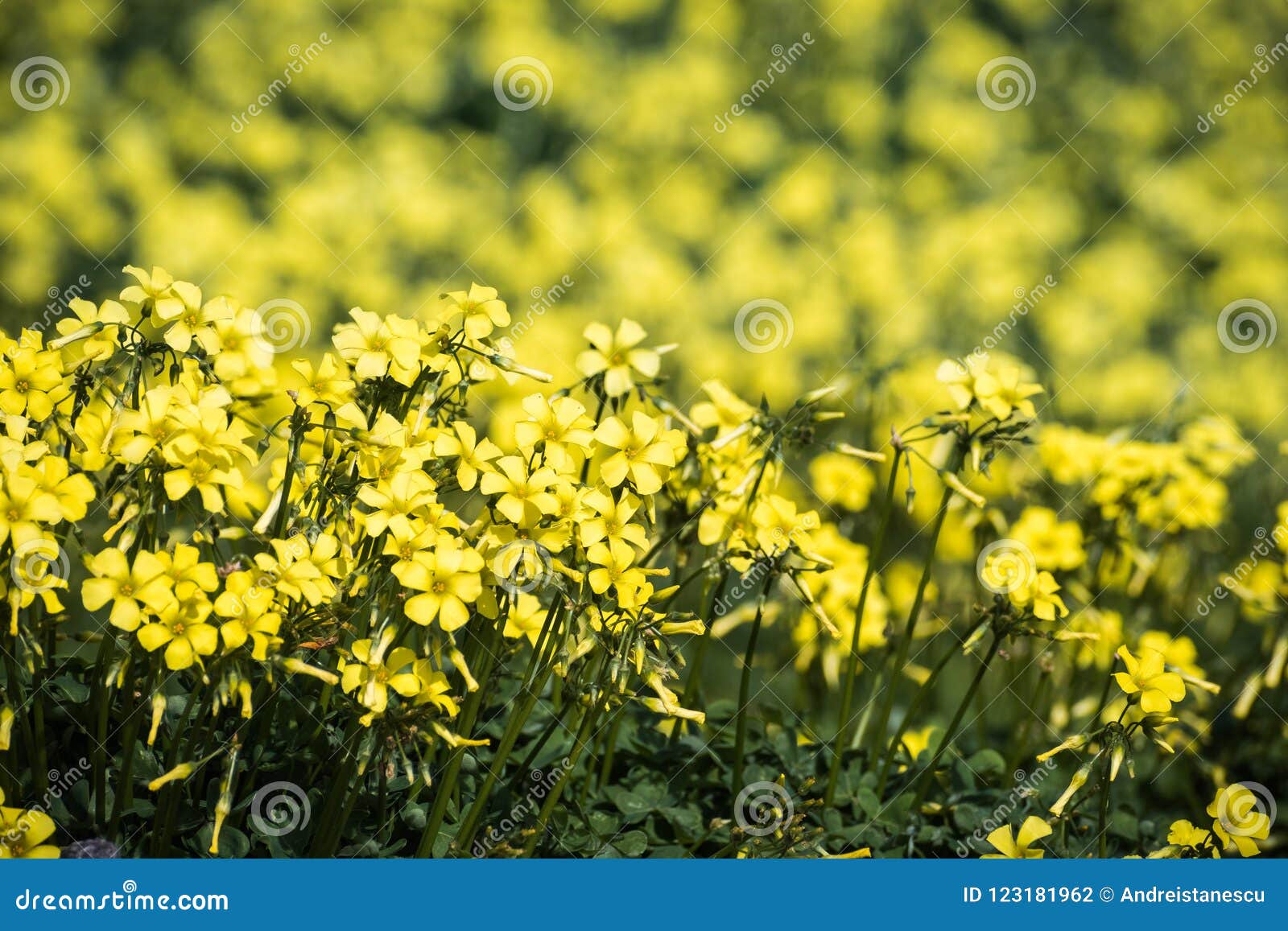

Oddly, oxalis doesn’t produce seeds in any of its invasive strongholds (which, besides California, include Arizona, Florida, southern Australia, and much of the western Mediterranean basin). What’s the secret to oxalis’s success? Like many other weeds, it’s hardy and aggressive, and thrives in areas of human disturbance.

“It’s not a target for landscape-level eradication because it’s way too widespread,” Johnson says. There’s also the simple fact that there’s just too much of the plant to tackle. Eaten in large quantities, oxalis can poison sheep and other livestock, but the animals are usually put off by the sour oxalic acid in its leaves (also found in rhubarb and raw beets) before they overindulge. It’s not dangerous from an economic standpoint it’s not a fire hazard, and it doesn’t threaten crucial resources like crop plants. is simply to grow prolifically and crowd out other plants. It could be worse, though, says Doug Johnson, executive director of the California Invasive Plant Council. But we haven’t raised the alarm because, as he wrote in 2003, “we hardly notice because it occurs slowly, subtly, surreptitiously.” See the world carpeted in oxalis. Whole hillsides are now “marching towards monoculture,” Sigg says. An oxalis-dominated landscape drives away coyotes, hawks and owls that feed on grassland foragers, and the situation is especially dire for endangered Mission blue butterflies, which depend heavily on native wildflowers. Once it takes over, the wildlife that depends on native flowers moves on, leaving nothing but oxalis in its wake (and bare ground during the six months of the year oxalis doesn’t flower). Oxalis crowds out native wildflowers for light and space, and prevents other plants from gaining a foothold in the land. “If we did nothing, in X many years Twin Peaks would just be one solid mass of yellow, and there wouldn’t be any other plants there,” Sigg says. “It’s just a blitzkrieg.” And the onslaught will probably continue. “In the last 10 years it really got going fast,” he says. By 2003, Sigg says, it was all over the hill.
#Bermuda buttercup nursery Patch
He first noticed a small patch of them in San Francisco’s Grandview Park back in the 1980s. Now, Sigg has watched in horror as oxalis has taken over the coastal grasslands he tends.

By the late 1980s, the Los Angeles Times reported in 1988, it was a frustratingly persistent nuisance in home gardens. Oxalis pes-caprae is invasive, a weed native to South Africa that was transplanted to California early in the 1900s, probably to be grown as a demure ornamental plant. “I’ve just been frantic about it,” says Sigg, a retired Golden Gate Park gardener and the Bay’s most outspoken opponent of yellow oxalis.

The flowers dot hillsides, parks, and highway medians like the mottled points of light in a Monet, delighting many observers.
#Bermuda buttercup nursery full
Commonly known as sourgrass or Bermuda buttercup, it flowers from November to April, and in the last few months oxalis has come out in full force in the Bay Area, encouraged by December and February rains. O xalis pes-caprae is an attractive little flower with five yellow petals and leaves that are cloven in a way that apparently reminded Linnaeus-who described the species in 1753-of a goat’s foot.


 0 kommentar(er)
0 kommentar(er)
